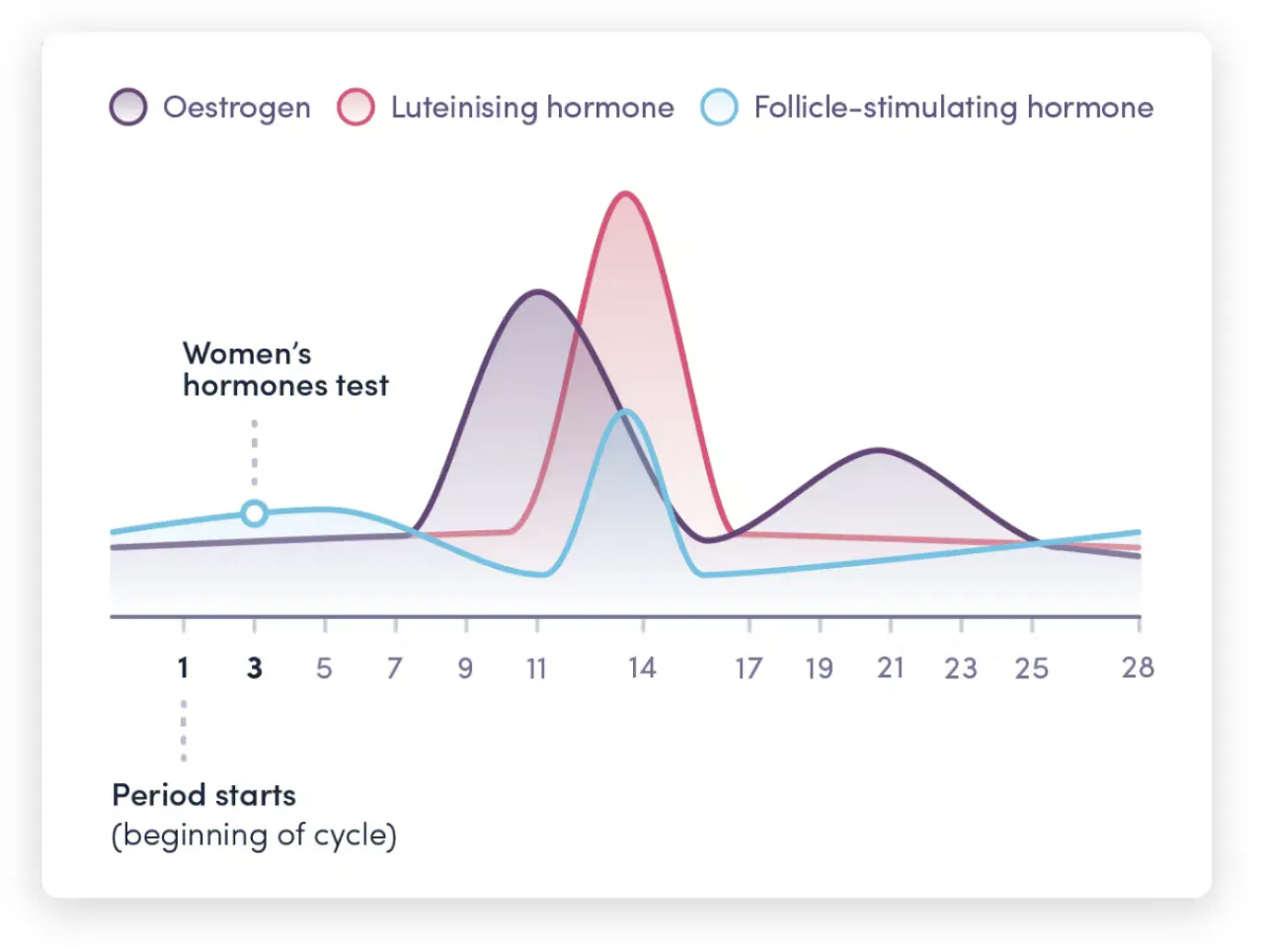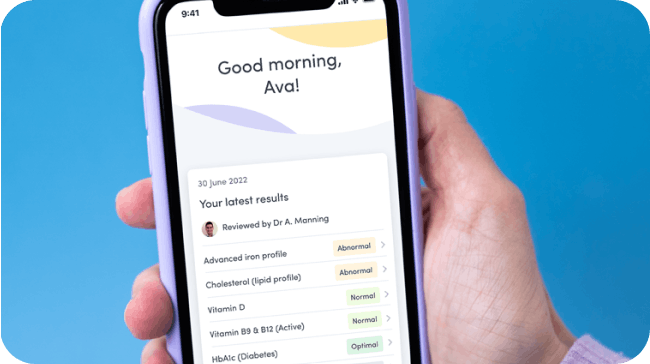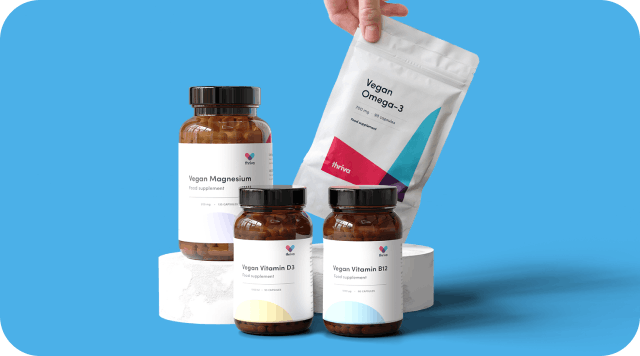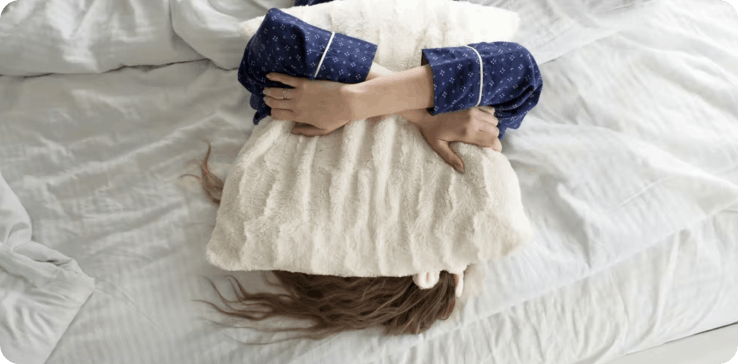Women's hormones blood test
£99.00
per test
- Free delivery
- Test arrives in 1-2 working days
- Results in as little as 48 hours
How can a women's hormones blood test help you?
This test helps you check your hormonal health and understand your baseline levels.
Detecting any imbalances can help you understand if this could be the cause of:
- a low sex drive
- low energy levels
- low mood
- hot flashes and night sweats
- weight changes
Get online results in as little as 48 hours. One of our NHS-registered GPs gives you personalised advice to improve or maintain your results. Please note that this test is not intended to be used to diagnose menopause.

What's included in this blood test?
Oestradiol
Luteinising hormone
Follicle-stimulating hormone
Advanced Testosterone (total and free)
Standard Thyroid Profile
When should you do this test?
The best time to do this test is on day 3 of your cycle (day 1 is your first day of bleeding) — this is when your results can be accurately interpreted.
If you have irregular periods
We recommend waiting until you have a period to get the most useful insights from this test.
If you have irregular periods combined with symptoms like acne, excess body hair (hirsutism), or weight gain, our PCOS blood test might give you better insights.
If you have no periods
You can do this test anytime, but it might be harder for our doctors to interpret your results.


How it works

Do your test at home
It's quick and easy with our autodraw device. Then free post it back to the lab.

Fast, accurate results
You'll get a GP-reviewed report and personalised recommendations to improve or maintain your results.

Support your hormonal health
From lifestyle tips to dietary advice or premium supplements, follow your personalised advice to support your hormonal health.
Learn more about women's health
You're in safe hands
Experienced doctors
We work closely with our team of experienced doctors to make sure everything we do is safe and based on the latest research.
GDPR
Your data is in safe hands. We use the latest encryption technologies and continually assess our GDPR compliance.
Accuracy
Our blood testing kits are CE-marked, and we work with UKAS-accredited labs that are registered with the Care Quality Commission (CQC).




